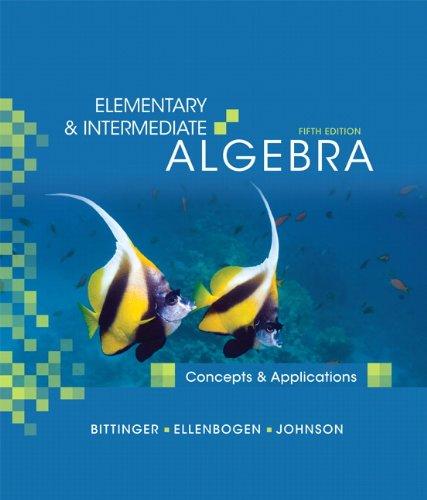Answered step by step
Verified Expert Solution
Question
1 Approved Answer
ANOTHER Students in a representative sample of 69 second-year students selected from a large university in England participated in a study of academic procrastination.

ANOTHER Students in a representative sample of 69 second-year students selected from a large university in England participated in a study of academic procrastination. Each student in the sample completed the Tuckman Procrastination Scale, which measures procrastination tendencies. Scores on this scale can range from 16 to 64, with scores over 40 indicating higher levels of procrastination. For the 69 second-year students in the study at the university, the sample mean procrastination score was 41.00 and the sample standard deviation was 6.85. I USE SALT (a) Construct a 95% confidence interval estimate of , the population mean procrastination scale for second-year students at this college. (Enter your answer using interval notation. Round your numerical values to three decimal places.) (b) How does the confidence interval for the population mean score for second-year students compare to the confidence interval for first-year students of (35.472, 38.668)? What does this tell you about the difference between first-year and second-year students in terms of mean procrastination score? The confidence interval for second-year students overlaps the confidence interval for first-year students. Therefore, it seems plausible that second-year students tend to procrastinate less than first-year students at this university. The confidence interval for second-year students does not overlap, and has values that are entirely below, the confidence interval for first-year students. Therefore, it seems plausible that second-year students tend to procrastinate about the same as first-year students at this university. The confidence interval for second-year students does not overlap, and has values that are entirely below, the confidence interval for first-year students. Therefore, it seems plausible that second-year students tend to procrastinate less than first-year students at this university. The confidence interval for second-year students overlaps the confidence interval for first-year students. Therefore, it seems plausible that second-year students tend to procrastinate about the same as first-year students at this university. The confidence interval for second-year students does not overlap, and has values that are entirely above, the confidence interval for first-year students. Therefore, it seems plausible that second-year students tend to procrastinate more than first-year students at this university. Watch It
Step by Step Solution
There are 3 Steps involved in it
Step: 1

Get Instant Access to Expert-Tailored Solutions
See step-by-step solutions with expert insights and AI powered tools for academic success
Step: 2

Step: 3

Ace Your Homework with AI
Get the answers you need in no time with our AI-driven, step-by-step assistance
Get Started


